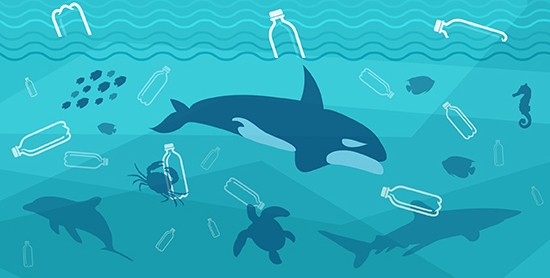Checking Out The Scientific Basis Of Mold And Mildew Growth After Water Damages
Checking Out The Scientific Basis Of Mold And Mildew Growth After Water Damages
Blog Article
Post Produced By-Hede Munch
So, you've dealt with water damage in your house, however have you ever before questioned what really takes place behind the scenes that results in mold and mildew development? Recognizing https://www.aarp.org/home-family/your-home/info-2022/hurricane-and-flood-clean-up-guide.html at play can be critical in tackling this issue successfully. From the initial influence of water on surface areas to the role of wetness in mold development, there are detailed devices that set the stage for mold to thrive post-water damage. Keep tuned to uncover the interesting science behind mold and mildew development after water damages and how you can battle it.
## Impact of Water Direct Exposure on Surface Areas
When water passes through surfaces, it starts a series of chemical reactions that pave the way for mold and mildew development. This breach develops a damp atmosphere where mold spores, which are always present airborne, can grow. The wetness acts as a catalyst, causing dormant mold spores to germinate and begin the development process. As soon as triggered, these spores feed upon organic products present in the damaged area, such as timber, drywall, or fabric, breaking them to maintain their development.
The effect of water direct exposure on surface areas is extensive. Not only does it supply the needed problems for mold and mildew to prosper, however it additionally weakens the structural stability of the materials it infiltrates. As mold nests expand and spread, they can cause considerable damage to the surfaces they populate. This wear and tear can compromise the security of the afflicted framework and may call for comprehensive repair work to rectify. Consequently, addressing water damage immediately and properly is essential in protecting against mold development and maintaining the honesty of the damaged surface areas.
## Function of Moisture in Mold Growth
Moisture plays a critical role in fostering mold and mildew growth, creating an atmosphere conducive to spore germination and development. When water damage takes place, the excess dampness supplies a breeding place for mold to flourish.
Mold spores, which exist anywhere in the environment, require moisture to activate and start the development procedure. When these spores encounter a moist or damp location, they soak up the dampness and begin to multiply rapidly. The presence of wetness not only initiates the germination of spores yet also supports the growth of mold and mildew hyphae, the branching filaments that create the main body of the mold.
These hyphae spread out and release more spores, additionally contaminating the area. For that reason, managing dampness levels is critical in protecting against mold and mildew advancement after water damages. Proper drying strategies and wetness control procedures are important to prevent mold and mildew growth and secure your interior environment from mold-related concerns.
## Environmental Elements Influencing Mold Development
To comprehend mold growth after water damages, it's essential to consider the different environmental elements that affect the spreading of mold nests.
Temperature level plays a significant duty in mold growth, with a lot of molds growing in temperatures between 77-86 ° F (25-30 ° C).
http://moises292linwood.booklikes.com/post/6258856/expert-referrals-for-reliable-water-damages-reconstruction-and-prevention above 60% produce a conducive atmosphere for mold and mildew spores to germinate and spread swiftly.
https://telegra.ph/Comprehending-The-Relevance-Of-Water-Damage-Reconstruction-For-House-Owners-06-02 aggravates the problem by trapping dampness inside, providing a suitable setting for mold and mildew development.
Furthermore, darkness advertises mold expansion, making hidden or encased areas a lot more at risk to infestations.
Air flow and air high quality are critical in mold and mildew prevention, as stagnant air can lead to moisture build-up and develop favorable conditions for mold and mildew to prosper.
Outside aspects like closeness to bodies of water or damp dirt can additionally affect interior mold development via increased moisture degrees.
## Verdict
So, to sum it up, when water leaks into surface areas, it produces an excellent breeding place for mold to expand and spread out.
By managing dampness levels and making sure correct air flow, you can stop mold from creating more damage to your residential or commercial property.
Keep in mind, staying positive in managing water damages is key to maintaining mold and mildew away and preserving a secure living atmosphere.